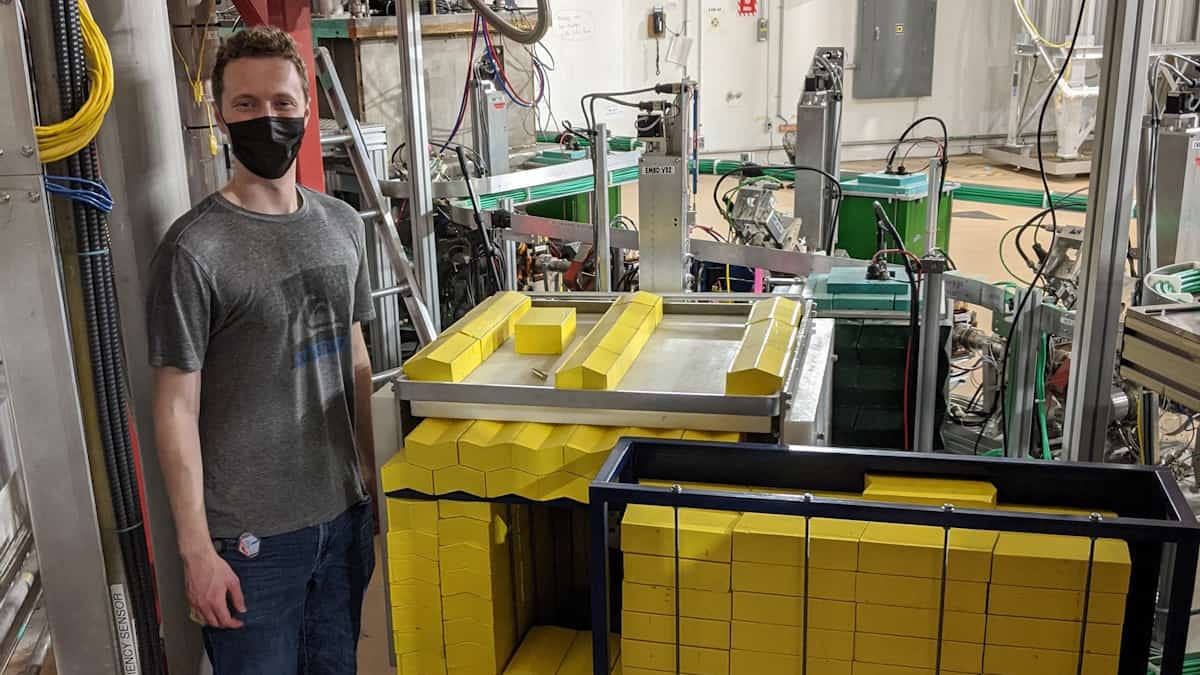The European Space Agency (ESA) on Wednesday celebrated the first flight of its Vega-C rocket, which is designed to provide more bang for customers’ buck in the increasingly competitive business of launching satellites into orbit.
Vega-C is an upgrade to the Vega rocket that made its debut in 2012 as a launcher specialising in lifting small payloads into space. The new rocket can carry heavier payloads than its predecessor while burning less fuel.
ESA says Vega-C will be particularly useful for launching Earth observation satellites, but it is also envisaged as the carrier for Space Rider, an uncrewed robotic laboratory that will be the agency’s first reusable space vehicle.
The 35-meter tall rocket’s launch from French Guiana was twice delayed shortly before liftoff due to technical problems, but succeeded on the third attempt.
Vega-C accelerates much faster than its big brother Ariane 5, reaching a speed of 16,000km per hour within two minutes of launch. The Ariane 5, ESA’s workhorse heavy launcher, is also due for an upgrade soon.
The Vega-C rocket on Wednesday released an Italian-made satellite called LARES-2 — which looks similar to a giant disco ball — that will act as a target for a ground-based laser station, and six small cube-shaped mini-satellites from France, Italy and Slovenia containing scientific experiments.
The head of ESA has announced a series of ambitious new projects as Europe tries to compete with the United States, China, and new rivals from the private sector in the growing space business.
The agency is also developing a further variant, Vega-E, that uses a less polluting fuel made of liquid oxygen and methane. That launcher is aimed to be ready by 2026.







